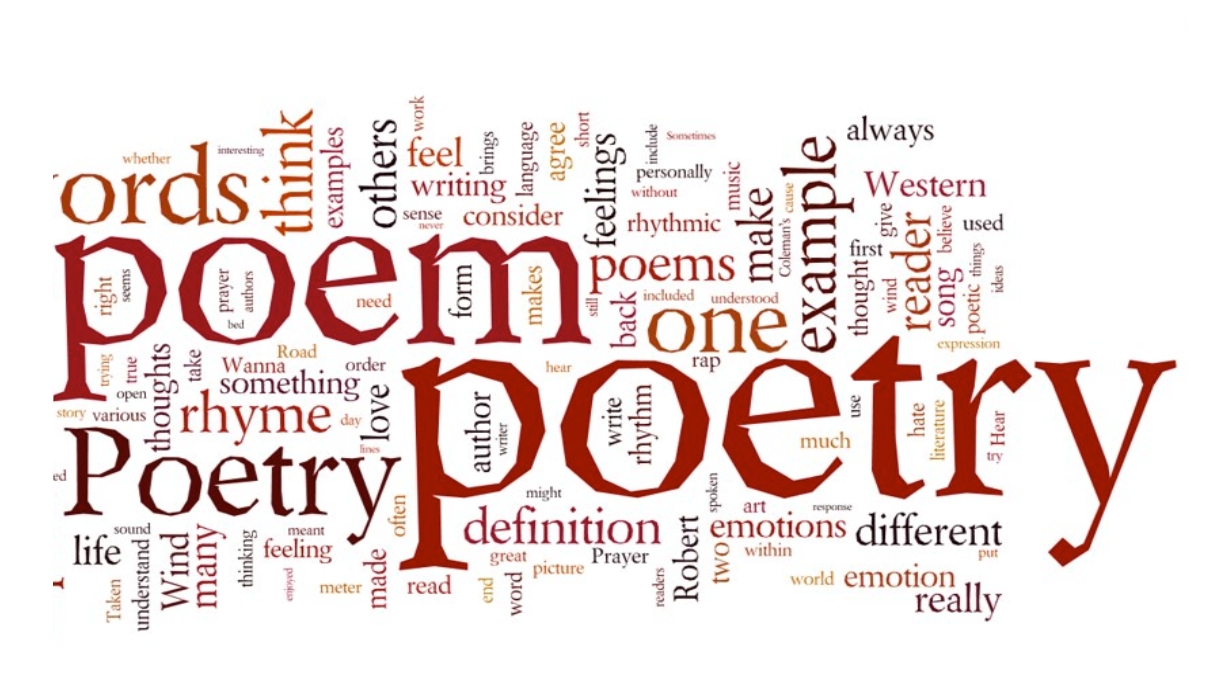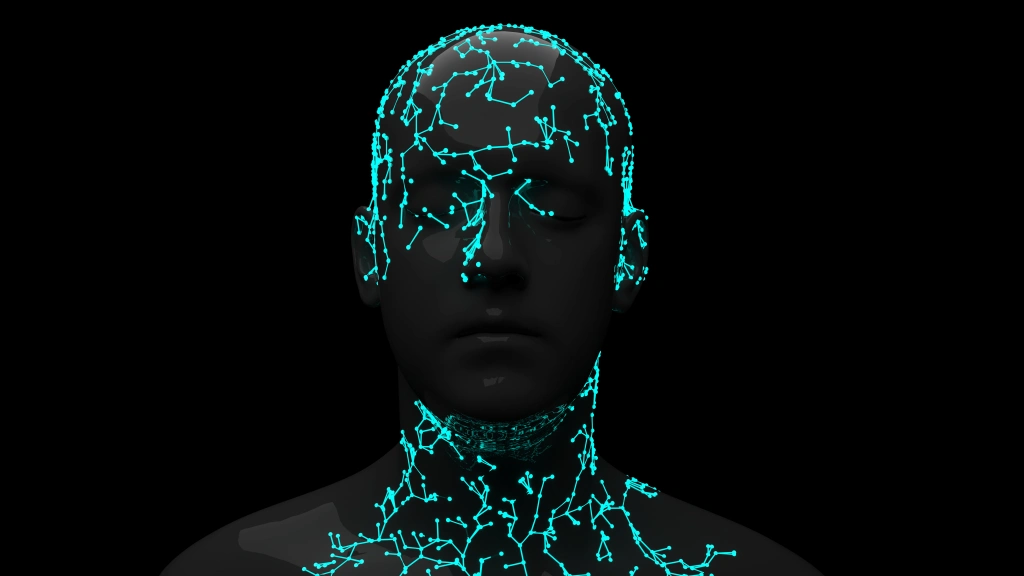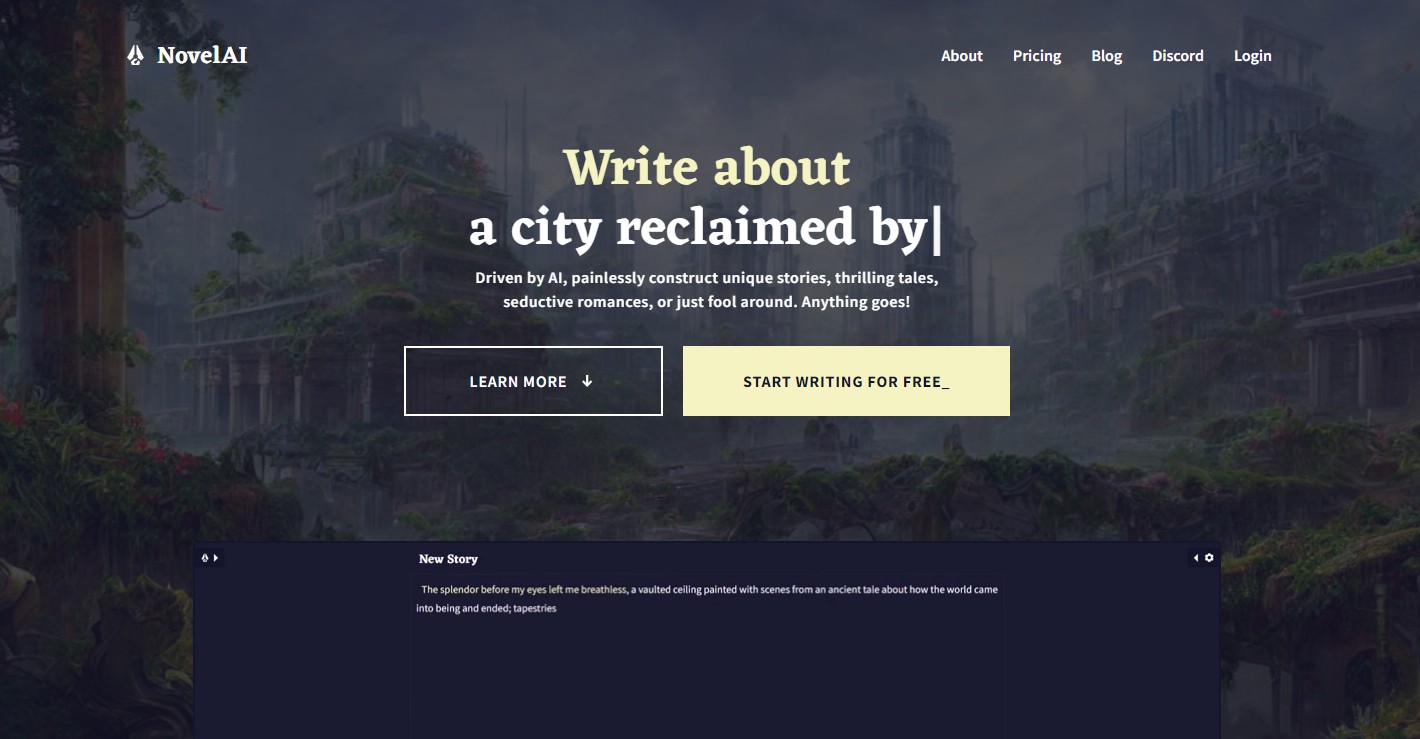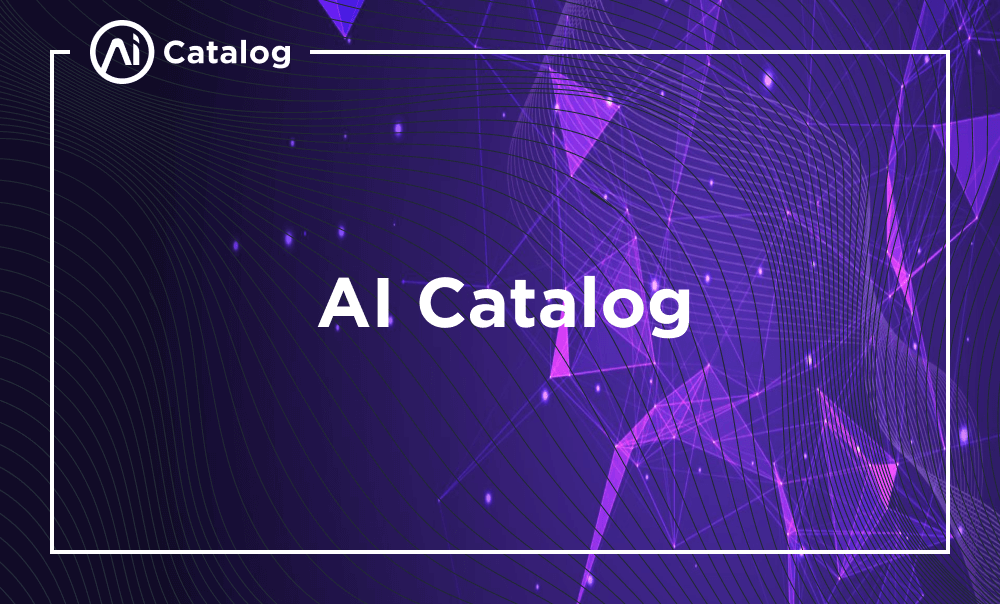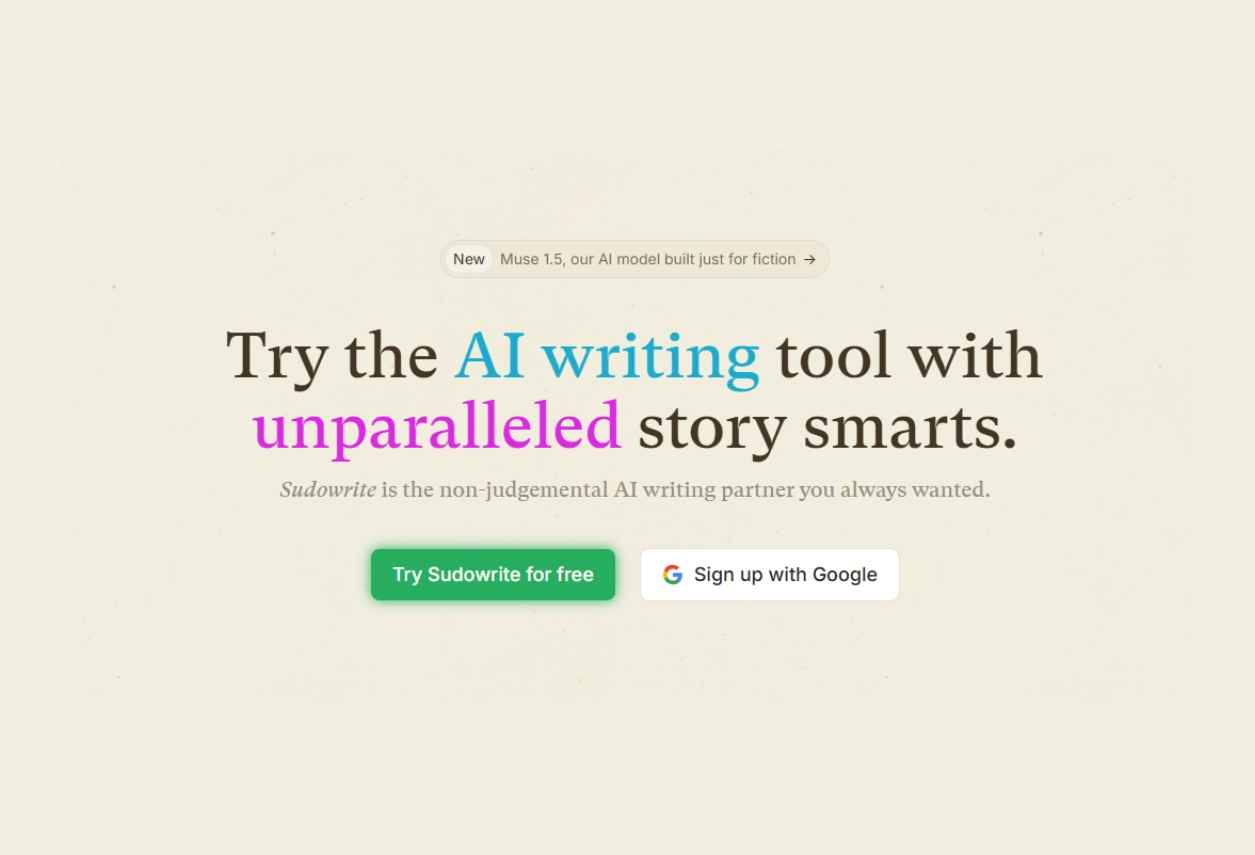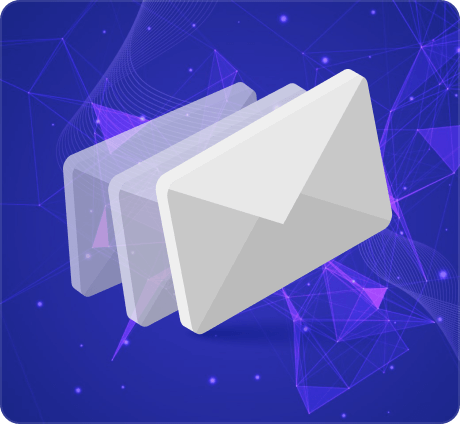Can readers tell? Human vs AI‑generated poetry
AI has swiftly embedded itself into the world of poetry, opening creative doors for both professionals and amateurs. Platforms like Grammarly’s AI Poem Generator and OpenAI’s ChatGPT have simplified verse creation, delivering highly polished results in multiple styles and formats. These tools can rapidly produce haikus, sonnets, and free-verse poetry, adapting to supplied themes or emotions. With their intuitive interfaces and customizable options, AI poetry platforms enable users to choose tones, themes, and even mimic famous poets' styles. As a result, AI-generated text increasingly finds its way into blogs, presentations, social media, and even published anthologies.
Comparing expert and non-expert perceptions.
Recent studies have put forward a surprising finding: ordinary readers frequently mistake AI-generated poems for those written by humans, and often rate them as more beautiful or rhythmically pleasing. In large-scale experiments, participants performed below random chance when asked to distinguish human-authored versus AI poetry. This situation highlights a paradox. While advanced readers or poets might identify subtle cues—such as formulaic language, cautious use of metaphor, or a lack of profound ambiguity—casual readers find comfort and familiarity in the clarity and conventional structure often produced by AI. In fact, the simplicity and accessibility of machine-written poetry may cause readers to misidentify it as the product of a human hand, particularly when genuine human works employ more esoteric or avant-garde approaches. Poetry aficionados argue that expert-level poetry frequently disrupts expectations, using language in ways that break with convention, and sometimes even rendering the meaning opaque.
Many poetry experts assert that authentic poetry strikes against predictability, seeking out surprising juxtapositions or unresolved tensions that AI, by nature, is slow to master. As language models are trained on massive but conventional textual datasets, their outputs reflect the most common and recognizable patterns found in public data—nursery rhyme simplicity, familiar expressions, or even clichés. While this predictability provides comfort and may even read as “real,” it runs counter to poetry’s tradition of forging new symbolic ground. Experimental poets aim for innovation and emotional subtlety, elements that AI continues to struggle with, especially when nuanced double meanings, deep ambiguity, or non-literal interpretation is required.
The blurred boundaries of machine and human verse.
Contemporary debates about AI and poetry point to a deeper, unresolved question: where does creativity originate, and can a machine ever truly create? AI poetry tools offer undeniable speed, accessibility, and stylistic mimicry, making poetic expression widely available. Yet, as critic commentary reminds us, the mark of lasting poetry may not lie in immediate beauty or rhyme, but in layers of complexity that challenge, unsettle, or leave a reader searching for meaning. For now, readers drawn to accessible poetry may prefer AI’s offerings, while those with a background in literary tradition continue to prize difficult or unconventional work. As technology progresses and these tools evolve to handle greater conceptual depth, the lines may become even more subtle, yet the debate about the heart of poetry and the place of machines within it will remain central to our cultural conversation.
AI Catalog's chief editor

